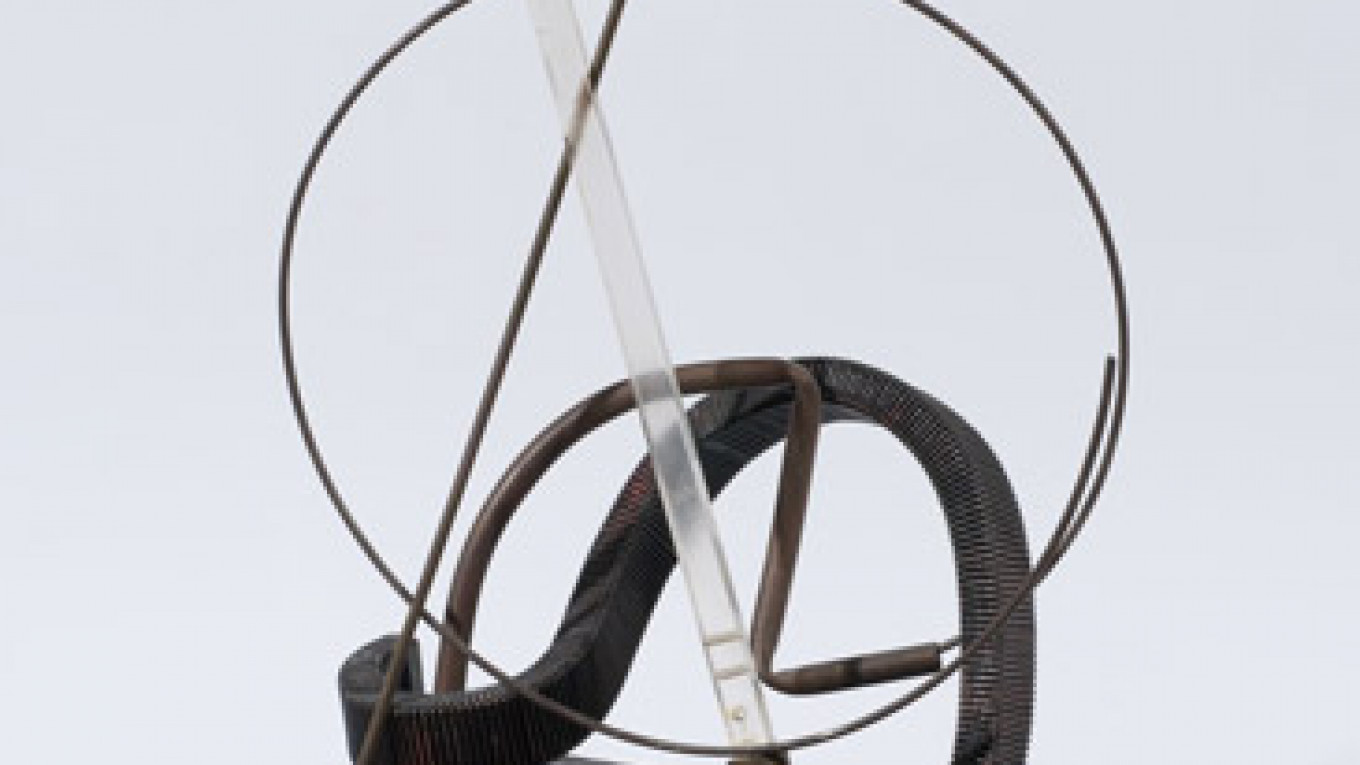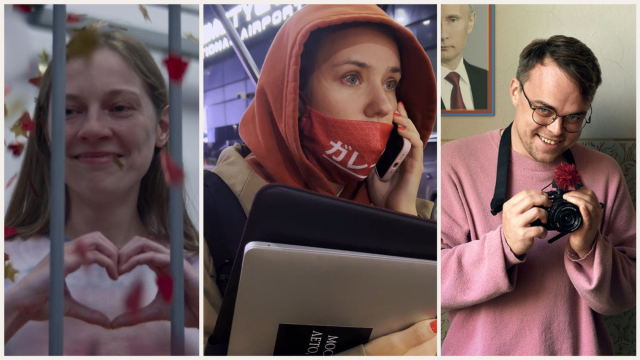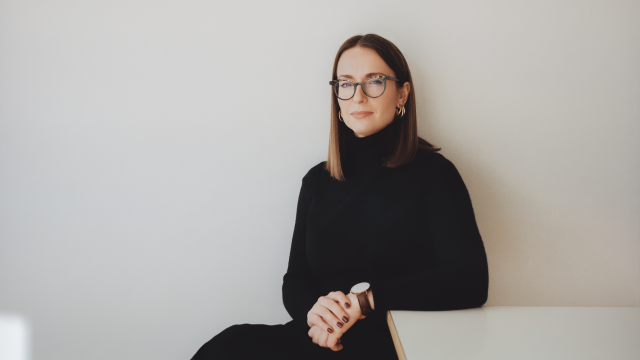With both Russian Art Week and the 2014 U.K.-Russia Year of Culture ongoing in England's capital, the options for those interested in Russian culture are numerous indeed. In this kaleidoscope of choice, London's St. Petersburg Gallery stands out with its exhibition called "Russian Revolution in Art. Russian Avant-Garde: 1910-1932."
The Russian Avant-Garde style is perhaps one of the best-known Russian schools of art in the West, and the genre has attracted significant interest in the year of culture — a long-awaited Malevich exhibition will open in the Tate Modern in July, and a high-tech exhibit curated by director Peter Greenaway just ended its run at Moscow's Manezh.
St. Petersburg Gallery's exhibit includes a variety of mediums — fine china, paintings, graphic design and sculpture — and will be interesting to both experts and novices of the Russian Avant-Garde style. Curator Katerina Kindem feels that "the exhibition has an encyclopaedic character to it, allowing one to gain a full understanding of that particular period of Russian art."
"The artists most recognizable by an English audience are Natalia Goncharova, Mihail Laroinov, students of Malevich — Ivan Klion, Ilya Chashnik and Nikolai Svetin — as well as the art of the amazons of Russian Avant-Garde: Lubov Popova, Exter, Udaltzova. These artists are brilliantly showcased in our relatively small exhibition," Kindem said.
The exhibition, which has received extremely positive reviews so far, is also unique as it represents a highly innovative time for Russian, and indeed World art. In the early 20th century, Russian artists first discovered and developed non figurative art which had large influences on Western art.
This time period, 1910 to 1932, was also a time of political conflict and change due to the First World War and Russian Revolution. After 1932, Russian art was forced to move toward Socialist Realism, away from the nonfigurative stylings of Kandinsky, whose rare sketches and decorated porcelain works are presented in the exhibit. Everyday objects like a design for a tram made in Vitebsk in 1921 are also presented, as well as Vladimir Stenberg's 1920 "Polytechnic Assemblage."
The works in this exhibition are hopeful for a new age — the designs of communist buildings and the signs for trams all promise a new beautiful future with their bright colors and sleek lines. It is reminiscent of the idea behind the slightly later (1938) Art Deco designs of the Moscow metro station called Mayakovskaya, where Alexander Deyneka decorated 34 ceiling mosaics on the theme "Days of the Land of the Soviets," so a Soviet metro passenger could see the bright and wonderful Soviet future above.
While the 2014 Year of Culture promises more and larger exhibitions on the Russian Avant-Garde in the near future, the St. Petersburg Gallery's exhibit offers an opportunity to refresh one's memory and get back into the world of that time.
Contact the author at [email protected]
A Message from The Moscow Times:
Dear readers,
We are facing unprecedented challenges. Russia's Prosecutor General's Office has designated The Moscow Times as an "undesirable" organization, criminalizing our work and putting our staff at risk of prosecution. This follows our earlier unjust labeling as a "foreign agent."
These actions are direct attempts to silence independent journalism in Russia. The authorities claim our work "discredits the decisions of the Russian leadership." We see things differently: we strive to provide accurate, unbiased reporting on Russia.
We, the journalists of The Moscow Times, refuse to be silenced. But to continue our work, we need your help.
Your support, no matter how small, makes a world of difference. If you can, please support us monthly starting from just $2. It's quick to set up, and every contribution makes a significant impact.
By supporting The Moscow Times, you're defending open, independent journalism in the face of repression. Thank you for standing with us.
Remind me later.






